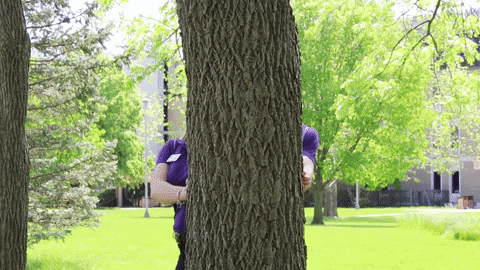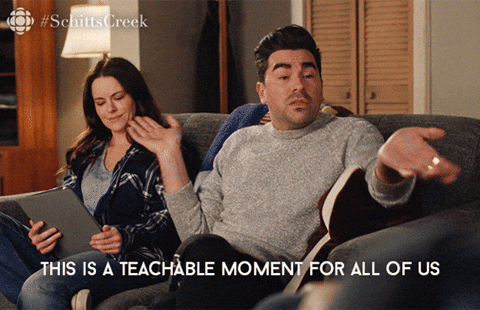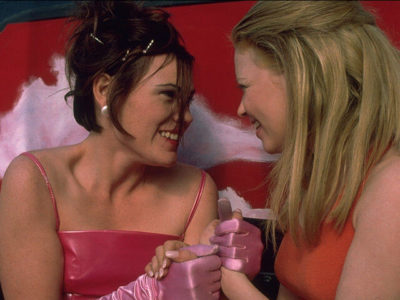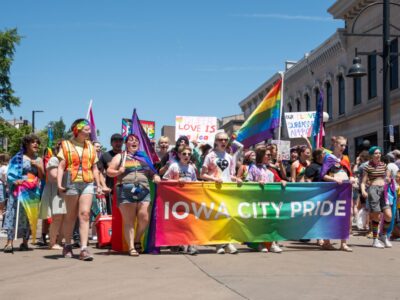I struggled to conceal my excitement, delight, and anxiety as I walked across campus for orientation. As promised by the postcards, it was a beautiful Southern California day. Part of me had expected orientation to be boring and tedious — characterized by awkward ice-breakers, overly enthusiastic orientation leaders, and long presentations by campus directors.
The thought of learning something that would completely alter my worldview never once crossed my mind.

“Alright y’all, so let’s all start by introducing our names, hometowns, majors, hobbies, and our pronouns,” started my orientation leader gleefully as we settled down on the grass. Surveying the group intently, she rested her gaze on me and said, “Why don’t you start us off?”
After giving a brief self-introduction, I shuffled in my seat and uttered, “I, uh, am a straight female, so I suppose my gender pronouns are whatever is associated with that,” I stammered, shamefaced and red as a peony, laughing uneasily. I had never previously been asked to accompany an introduction with my gender pronouns.
I was completely ignorant of a practice that seemed like social decorum to everyone else.
In reaction to my confusion, the student across from me, Sam, quickly assumed the responsibility of explaining the exercise. Clearing their throat, they explained, “She/her/hers might be fitting for you but there are other variations like he/him/his and they/them/theirs. It all exists on a spectrum.” Smiling sheepishly, they continued, “I personally identify as they/them/theirs.”
I was aware gender identification extends beyond the binary classification, but I did not expect the phenomenon to infiltrate my college orientation. In this instance, I couldn’t tell what shocked me more: the inclusive and progressive tune of my school or the fact that I had just met a non-binary individual.
The realization hit me like a culture shock.

Despite having interacted with people of different upbringings, ethnicities, nationalities, and ideologies in Hong Kong and Minnesota, I have had limited exposure to gender non-conforming individuals. Until my college orientation, my understanding of the nuances of gender identity and expression had been limited by the heteronormative conditions I grew up in. The experience affected me profoundly by exposing me to the small fraction of the diversity in this world. Even more, it demonstrated that diversity and inclusion affect everyone, not just marginalized groups.
I left my college orientation with a renewed perception of people.
Growing up, I was taught to make assumptions about people based on their appearance and the way I perceived them. Granted, I understood that one does not need to, for instance, wear dresses to be considered a cis woman, and one does not need to wear pants to be a cis man. I thought too when I first met Sam–they didn’t even strike me as non-binary. But through conversing with them, I had learned that one does not need to dress in a “gender non-conforming style” to be non-binary. I cannot tell how a person identifies based on how they dress, which is why asking people about their gender pronouns and not making assumptions about their identity is so important.
Many Asian Americans are brought up in a way that limits their understanding of the people around them.

Listening to Sam’s story behind their identity and pronouns helped situate me, a cisgender female, in a world saturated with gender diversity.
In fact, gender diversity has improved my ability to recognize the synergy that exists among college students of LGBTQ+ experience, something that doesn’t necessarily exist in Hong Kong. My lack of awareness does not stem from a desire to be disrespectful. It is the result of my upbringing in a traditional environment. As much as I try to stay open and receptive to all kinds, sometimes I can’t help but internalize damaging ideas regarding gender.



















